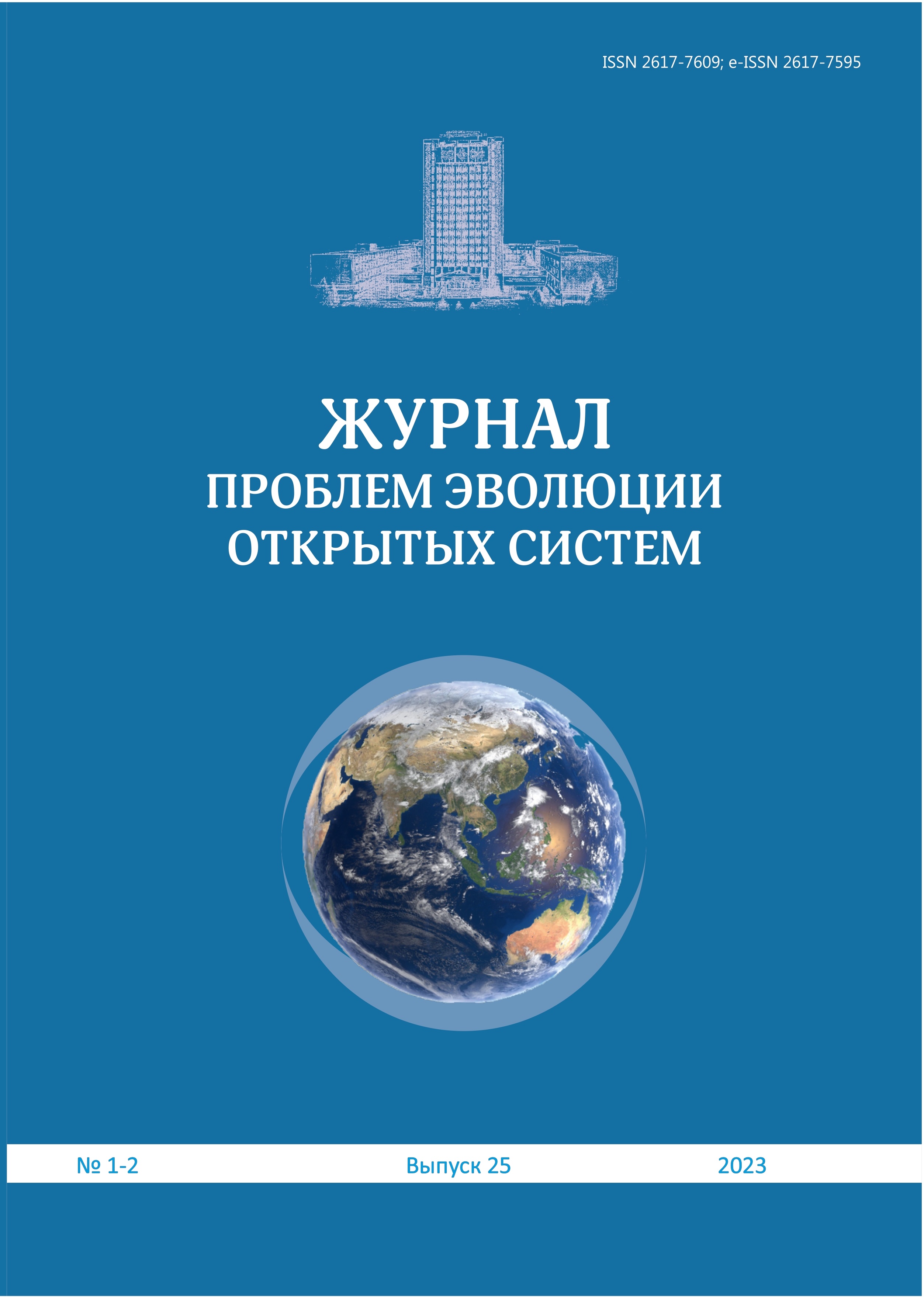Quantum spontaneity – the path to the unknown
DOI:
https://doi.org/10.26577/JPEOS.2023.v25.i1-2.i6Abstract
The idea of quantum entanglement (QE) actually emerged about 90 years ago, but was implicitly presented in the late 1920s. However, QE became a significant tool in theoretical physics only in the mid-1970s, and the process of its transformation into a working tool occurred quite slowly. The first experiments confirming the reality of QE were conducted in the 1970s, but decisive experiments were performed only in the 1980s. At that time, QE attracted the attention of only a narrow circle of scientists who tried to better understand how quantum mechanics changed our ideas about physical reality. Recently, interest in QE has significantly increased because it has become the fundamental basis for the development of quantum computers and quantum communication networks. Now, reports that experimental physicists create entangled states of different particle configurations often appear not only in scientific journals but also in the media. Currently, there is no way to test these assumptions and hypotheses, because our technologies are not sufficiently developed for this. Perhaps in the near future, scientists will definitely find out. For now, we must assume that there is such a possibility.
Key words: quantum physics, quantum spontaneity, physical reality, paradox, EPR experiment, Bell’s inequality.







